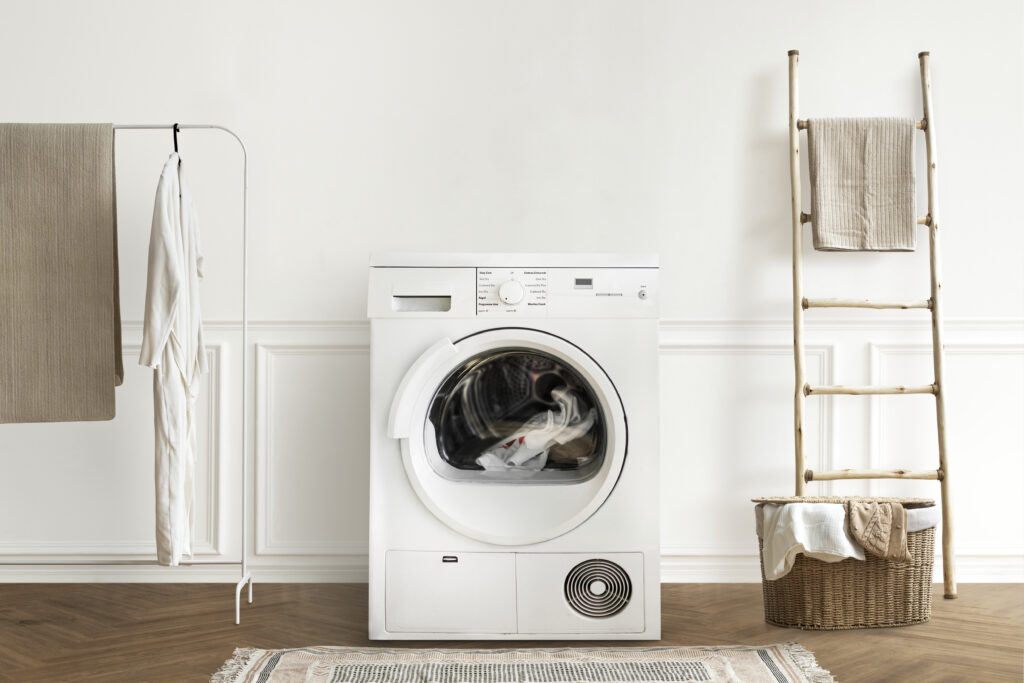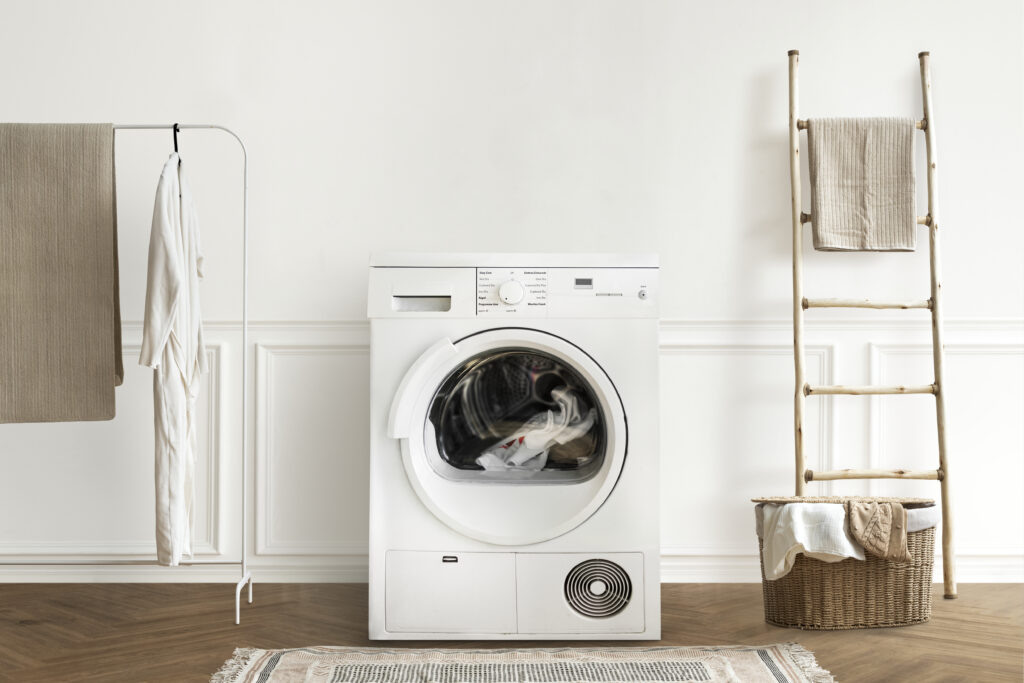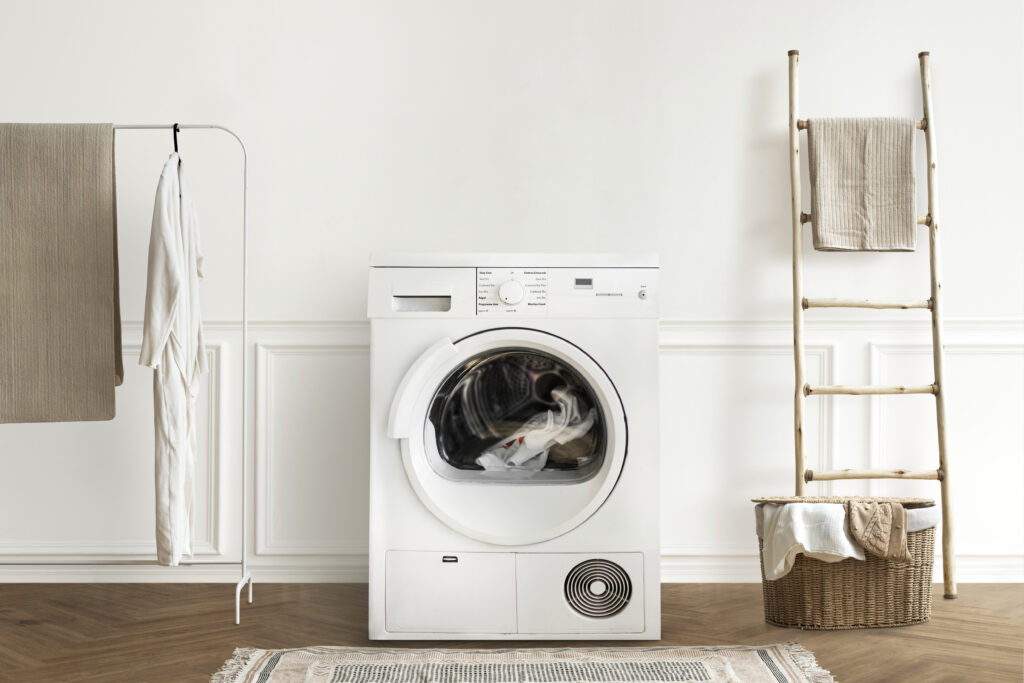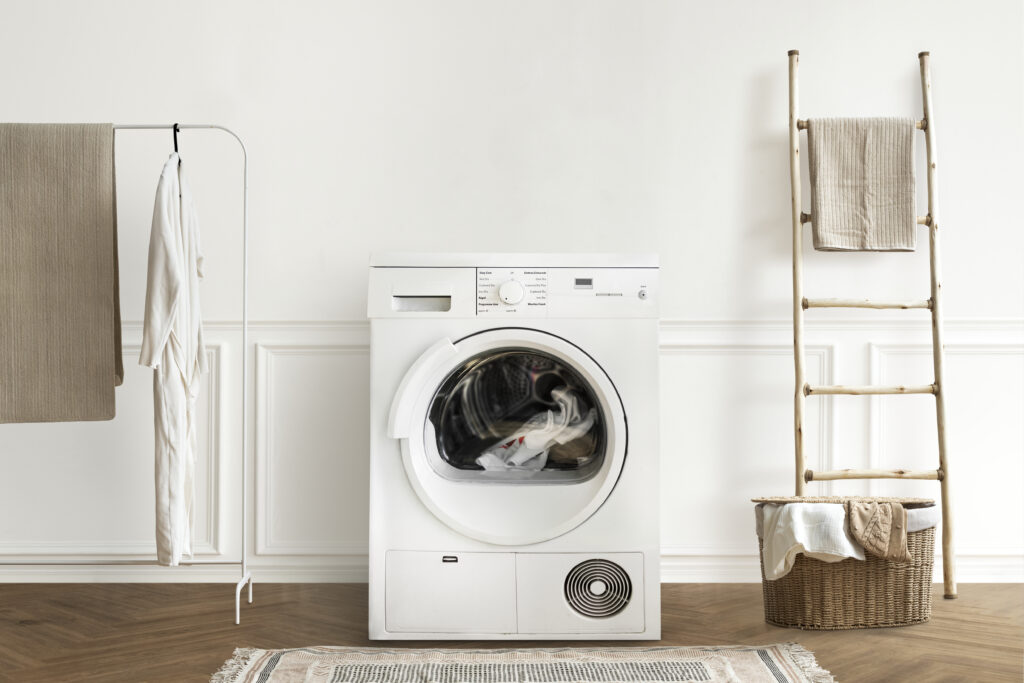If a washer overflow is not addressed, it can result in water damage to your walls, floors, and even the foundation of your house. Washer overflows are a common problem in American homes, and being able to deal with them fast can help you save time, money, and stress.
We’ll go over the causes of overflowing washing machines, how to fix them, and preventative maintenance tips in this in-depth 2025 guide.

A Washer Overflow: What Is It?
When water leaks out of your washing machine while it’s filling or draining, it’s called a washer overflow. The detergent dispenser area, the drain pipe, or even the washer drum may be the source of this. If you don’t stop it in time, it can quickly flood your laundry room.
Typical indicators of washer overflow:
Your washing machine’s base is accumulating water.
Water leaks unexpectedly during a washing cycle.
spilling from the drain outlet or standpipe.
The floor of the laundry room is wet and damp.
Typical Reasons for Overflowing Washers
It’s critical to identify potential causes in order to fix an overflow issue. The most common offenders are as follows:
1. Slow or clogged drain pipes
1️⃣ Slow or clogged drain pipe
A clogged standpipe or drain pipe in your washer prevents water from escaping quickly enough and backs up, resulting in an overflow.
Indications:
During or following the rinse cycle, water overflows.
standing or slowly draining water in the utility sink.
2. Drain Hose Blockage
Overflow can occur when water flow from the machine is restricted by a kinked or blocked drain hose.
Indications:
The washer isn’t draining correctly.
Water seeping from the base or back.
3. A malfunctioning water inlet valve
The water flow into your washer is managed by the water inlet valve. An overflow could result from it malfunctioning and letting too much water in.
Indications:
Even when the machine is not running, water keeps filling up.
At the start of the wash cycle, overflow happens.

4. Too Much Detergent (Over-Sudsing)
Using too much or the incorrect kind of detergent (such as non-HE in a high-efficiency washer) produces too much suds, which allows water and foam to escape.
Indications:
bubbling water and foam from the dispenser or door.
spillage during cycles of washing or rinsing.
5. A malfunctioning sensor or pressure switch
Water levels are managed by a pressure switch in contemporary washing machines. It might not tell the machine to stop filling if it breaks.
Indications:
continuous filling of water.
overflow at the beginning of a cycle.
Detailed Instructions for Fixing Washer Overflow
✅ First, turn off the power and water.
In the event that your washer overflows:
Turn off the washer right away.
Close the valves for the hot and cold water supplies.
To avoid shocks, unplug the machine from the electrical outlet.
Step 2: Examine the drain hose
Look for any bends, kinks, or obstructions in the drain hose.
To get rid of debris, take the hose out of the drain outlet and flush it with warm water.
To avoid siphoning, make sure the hose is 18 to 30 inches above the ground.
✅ Step 3: Clear the drain or standpipe
A common cause of washer overflow is a clogged standpipe. Clear out any visible debris, then use a plumber’s snake to remove any deeper blockages. Finally, flush the pipe with a solution of hot water, baking soda, and vinegar.
✅ Step 4: Examine and Test the Water Inlet Valve
At the washer, disconnect the water hoses.
Look for debris on the screens of the inlet valves.
Use a multimeter to check the valve’s continuity.
If it’s broken, replace it.
✅Step 5: Check the Pressure Switch
Depending on the model, remove the control panel or top of the washer.
Find the tube that is connected to the pressure switch.
Examine the tube for disconnections, cracks, or obstructions.
If the pressure switch is defective, replace it after testing it with a multimeter.

Step 6: Apply the Appropriate Amount of Detergent
For suggested detergent types and amounts, consult your washer’s manual.
Use only HE detergent in HE washers.
Don’t fill the dispenser too full.
Step 7: Execute a Test Cycle
After hoses, pipes, and valves have been cleared:
Reconnect everything.
Perform a quick rinse and spin cycle.
Check to see if the water empties out smoothly.
Avoiding Washer Overflows in the Future
Overflows are easier to avoid than to clean up after. Here’s how to stay away from them:
Clean the standpipe and drain hose on a regular basis.
Every two to three months, check for buildup or clogs.
Use the Proper Types and Amounts of Detergents
For contemporary washers, only use high-efficiency (HE) detergents and only as much as is required.
Examine the water inlet valve. Every year, check the valve and its connections for corrosion, leaks, or cracks.
✅ Periodically check the pressure switch
Make sure the tube is firmly attached and clear.
✅ Avoid Filling the Washer to Overflow
Overfilling your washer can increase the chance of overflow and cause drainage problems.
When to Make a Professional Call
If your washer still overflows after attempting these do-it-yourself suggestions:
It might be necessary to replace the control board or pressure switch.
Blockages in the internal drainage system could exist.
The motor or pump may be malfunctioning.
In the USA, washer repairs typically cost between $150 and $350. Early intervention reduces costs and avoids more serious water damage problems.

In conclusion
Although washer overflows can be stressful, you can quickly troubleshoot and fix the majority of problems on your own with these helpful repair tips. You can keep your laundry area dry and your appliance functioning properly by following these steps, which include cleaning clogged hoses and drains and testing important parts like the water inlet valve and pressure switch.
Future washer overflows can be avoided with proper detergent use and routine maintenance. To prevent possible water damage and costly repairs, don’t be afraid to contact a reputable appliance repair specialist when in doubt.
In a nutshell: Causes and Solutions for Washer Overflow
Solution to the Problem
clogged drain hoseRemove obstructions and clean the hose.
Blockage in the standpipeUse baking soda and hot water to flush or snake.
A malfunctioning water inlet valveIf necessary, test and replace.
Too much sudsing from the detergentUse the appropriate kind and quantity of detergent.
A malfunctioning pressure switchIf defective, test and replace.
Washing machine overloadCut down on the amount of laundry you do